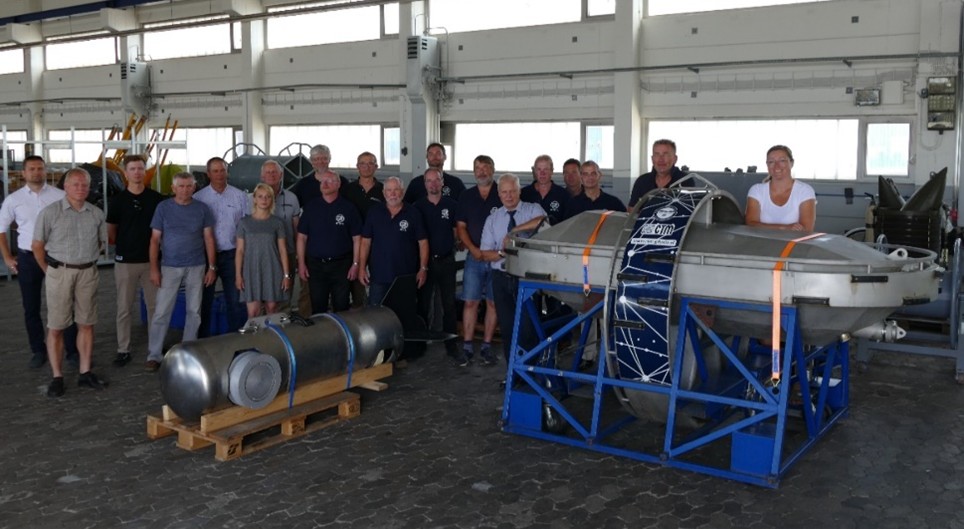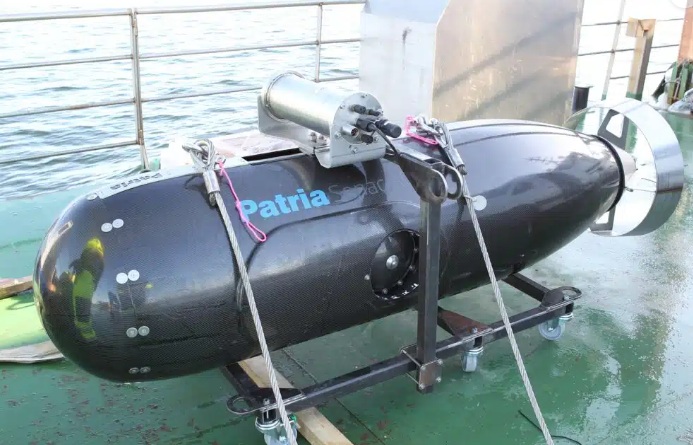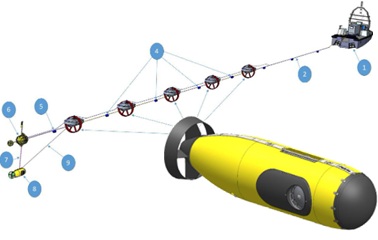An EDA-led research and technology project becomes operational across multiple Member States
Mines lurking in European waters are far from a relic of the past. Just last year, EU naval forces raised the alarm over drifting mines in the Black Sea, while unexploded ordnance continues to disrupt shipping and fishing in the Baltic and North Seas. The explosives carried by the mines, mostly stemming from the First and Second World War, continue to pose high risks for both military and commercial vessels. These threats can endanger lives, compromise freedom of navigation and impose significant costs on Europe’s economies. The solution? Advanced technology, teamwork across Europe and ingenuity. Enter the European Defence Agency (EDA)
CapTech Maritime: A naval brain trust
One of EDA’s core tasks is to encourage collaborative research, technology, and innovation. EDA’s 15 specialised Capability Technology Groups (CapTechs) are the engine of EDA’s defence research and technology (R&T).
CapTech Maritime is where naval experts from across the European Union, industry and researchers meet to push naval defence forward. Born in the early days of EDA, it has grown into the central hub for collaboration on crewed and uncrewed maritime systems covering everything from design and mobility to propulsion, autonomy and weapons.
The added value lies in pooling resources: instead of each Member State developing solutions in isolation, CapTech Maritime enables joint testing, benchmarking and the development of common standards. That reduces costs while strengthening interoperability.

Minesweeping in a new era: from research to real capability
The Modular Lightweight Minesweeping (MLM) project is CapTech Maritime’s flagship initiative. Launched in 2011, it has gone through several phases, most recently MLM II (2018–2021), refining minesweeping technologies and delivering prototype systems.
The focus is clear: sea mines — whether resting on the seabed, floating, or moored — pose a severe danger to naval and commercial vessels. Modern mines are cunning, triggered by acoustic, magnetic or electric signatures. That makes them sophisticated and harder to neutralise. MLM responds: unmanned systems mimic ship signatures, coaxing mines to detonate safely away from critical vessels.
For the project, industry partners such as Patria of Finland and CTM of Poland supplied advanced acoustic and electromagnetic modules, which were tested at sea in Germany and Australia.
A representative from CTM explains: “The work includes creating a method for connecting minesweeping modules to unmanned towing platforms, increasing the efficiency and shock resistance of minesweeping modules, and helping to develop the principles of non-contact minesweeping systems.”
Crucially, the project has moved beyond research. Commercially available technology from MLM is already in service:
- Patria and CTM are providing acoustic and electromagnetic signature generation modules to enhance minesweeping capabilities for the Belgian and Dutch navies.
-
Patria also delivered acoustic systems to the Norwegian Navy.
- Germany has contracted further development and testing of combined magnetic and UEP sweeps.
EDA’s MLM program has played a pivotal role in developing Patria SONAC ACS acoustic minesweeper. Through close international collaboration with other EDA MLM program partners, Patria has contributed to the creation of a comprehensive mine sweeping capability,” says a representative from Patria. “This joint effort has unlocked new market opportunities for all participating partners, opportunities that would have been difficult to achieve independently. Customers are increasingly seeking integrated mine sweeping solutions. The EDA MLM program has enabled Patria and its partners to meet this demand,” the representative adds.

A success story leading to the next generation
This is an EDA-led Research & Technology (R&T) effort that has resulted in operational capabilities fielded by multiple Member States. Six countries — Belgium, Germany, Finland, France, and Poland, as well as non-EU state Norway — launched MLM Next Generation (MLM-NG) in June 2024. With a €9.2 million budget, the three-year project will run full-scale sea trials in Norway in 2026, testing systems in real operational conditions.
By testing modular lightweight minesweeping (MLM-NG) in realistic conditions, participating navies will see what works, agree on what they need, and use this knowledge to guide what equipment they buy in the future.
“In the first two MLM projects, personnel were required onboard the unmanned vehicle to control the sweeps. During the sea trials in the MLM-NG project, the systems will operate truly unmanned. Command and Control will be done by personnel on land. This is one of the main challenges in the project,” says project leader Patrick Cleophas from FFI.

From concept to impact
The MLM project shows how EDA’s CapTech Maritime turns joint research into real naval strength. By bringing together Member States and industry, EDA not only develops advanced mine countermeasures that different navies can use now. They can use them together because they use the same standards and are interoperable. This is not just theoretical. EDA’s work is about helping protect lives, trade, economies and the freedom to move safely at sea in European waters.
EDA’s broader role
Founded in 2004, the Agency helps foster defence cooperation across Europe. It serves as the central hub for EU countries aiming to develop their defence capabilities together. EDA’s activities span from harmonising requirements and developing operational capabilities to research, technology, innovation, training, and supporting Common Security and Defence Policy operations. The Agency also works closely with the European defence industry to strengthen Europe’s technological and industrial base.